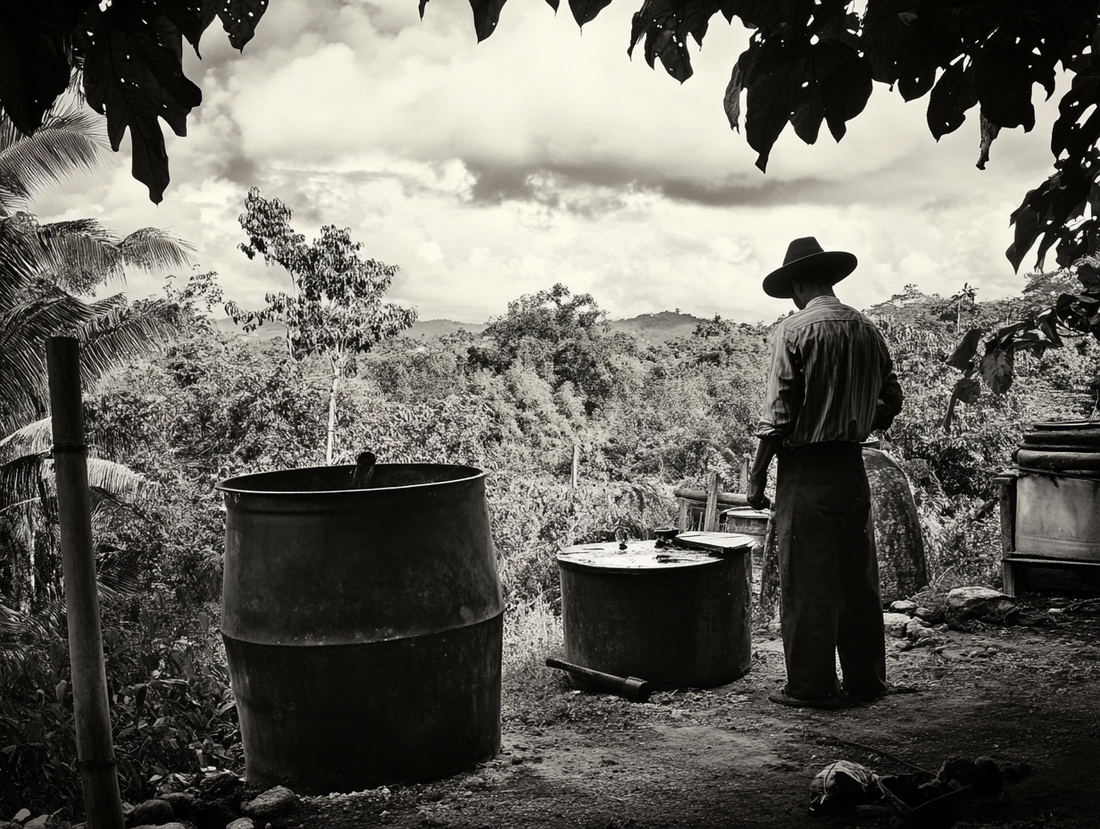Rum, the beloved spirit with roots deeply entrenched in the Caribbean, is a product of a fascinating and intricate distillation process. The journey from sugarcane to rum involves several key stages, each contributing to the unique flavors and characteristics of the final product. Understanding this process not only enhances appreciation for this versatile drink but also highlights the craftsmanship behind every bottle. Let's delve into the step-by-step journey of rum production.

2. Extraction of Juice

Once harvested, the sugarcane is transported to the mill, where it is crushed to extract the juice. This juice, known as "guarapo" in some regions, is rich in sugar and forms the base for fermentation. In some cases, molasses, a byproduct of sugar refining, is used instead of fresh cane juice. Molasses provides a more robust and distinctive flavor to the rum.
3. Fermentation

The extracted juice or molasses is then diluted with water and placed in fermentation tanks. Yeast is added to this mixture to convert the sugars into alcohol. This fermentation process can take anywhere from 24 hours to several days, depending on the desired flavor profile. The type of yeast and the fermentation time are crucial factors that influence the final taste of the rum.
4. Distillation

After fermentation, the resulting "wash" contains alcohol but is far from the refined spirit we recognize as rum. The wash is then subjected to distillation, a process that separates alcohol from the rest of the liquid. Distillation is typically done in either pot stills, for more flavorful rums or column stills, that yield lighter and purer spirits.
5. Aging

The distilled spirit, now known as "raw rum," can be aged to develop complexity and depth. Aging takes place in wooden barrels, often oak, which previously held bourbon, sherry, or other spirits. The aging process allows the rum to absorb flavors from the wood, resulting in a richer taste. This period can range from a few months to several decades, with older rums being more sought after for their refined flavors.
6. Blending and Bottling

Once aged, the rum is often blended to achieve a consistent flavor profile. Master blenders combine rums of different ages and styles to create a harmonious final product.After blending, the rum is filtered, sometimes diluted with water to achieve the desired alcohol content, and then bottled for distribution.
Understanding the journey from sugarcane to spirit adds a layer of appreciation to every sip. Curious to further discover the world of rum? Explore our rum tasting box on our website and discover 12 unique rums, crafted to perfection.

